Inabe Plum Grove: Spectacular Spring Scenery Rooted in Community
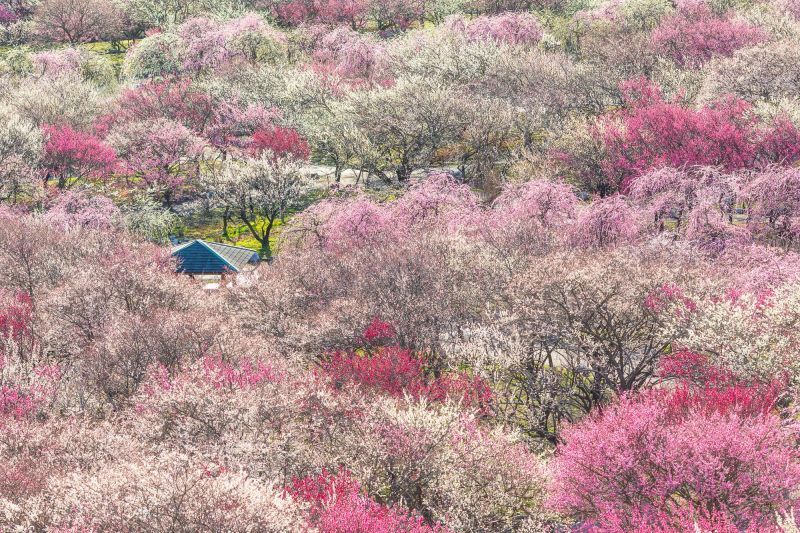
For many people, spring in Japan means only one thing: cherry blossoms. In Mie, however, there’s more to the season than just sakura, and stunning views of plum blossoms bursting with color can be seen throughout the prefecture, including at Inabe City Nogyokoen (agricultural park).
Written by Ren Wong
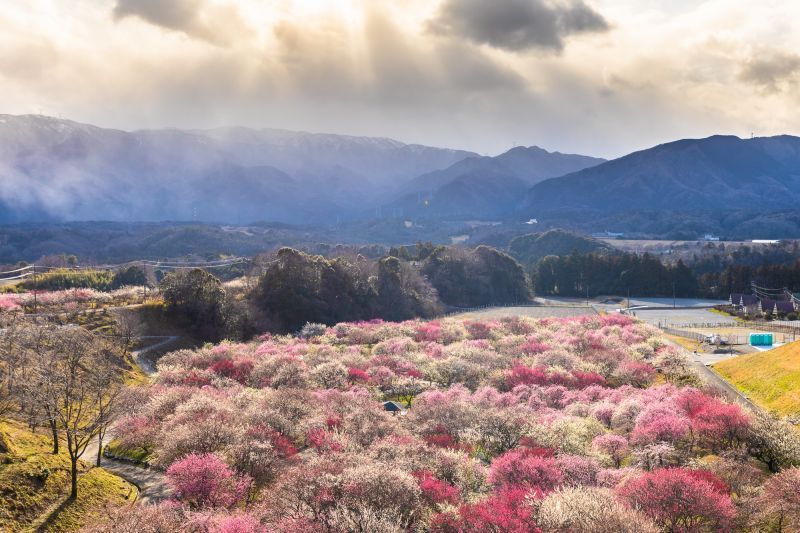
Located in northern Mie Prefecture near the borders of Aichi and Shiga, Inabe City is beside the majestic Suzuka mountain range, attracting countless travelers with the pleasures of hiking, camping, visits to waterfalls, and many other activities. From late February to early March, however, the town truly comes to life as Japanese ume (plum) trees reach full bloom.
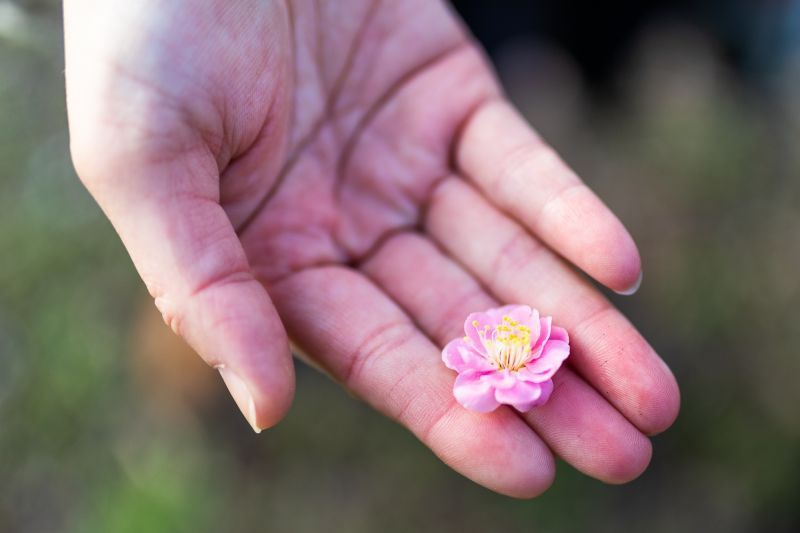
Adored by many flower fans worldwide, ume trees have white, pink, and red blossoms that begin to bloom around February, a little earlier than cherry blossoms. The fruit from the trees is used to make umeboshi (pickled plums) and umeshu (plum wine). The beauty of ume flowers, while less celebrated than sakura, has always played an important role in the cultural fabric of Japan, inspiring creative works from paintings to poetry, and the blossoms are prized as the herald of the coming spring.
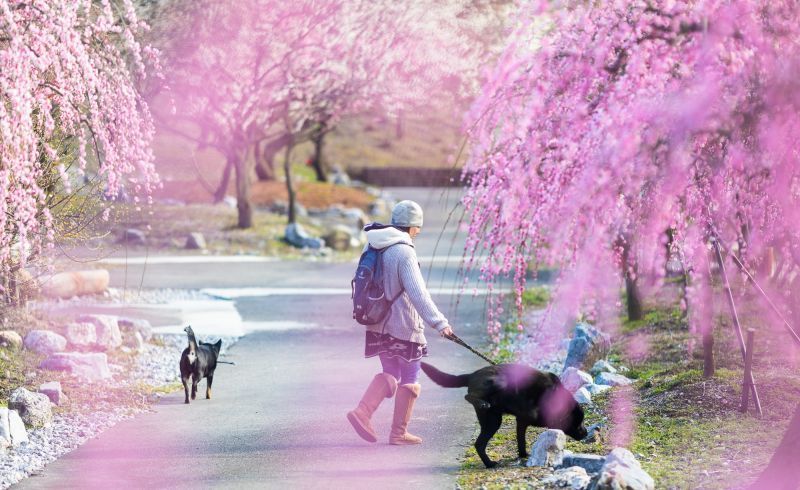
One of the most famous spots for ume blossoms is Inabe City Nogyokoen. This vast space near the Nakazato Dam holds a plaza with seasonal flowers, a golf course, and a restaurant, in addition to the plum orchard where about 4,000 ume trees of 100 varieties grow. This roughly 38-hectare woodland is one of the largest ume groves in the Tokai area of central Japan, which includes Mie, Aichi, Gifu, and Shizuoka prefectures.
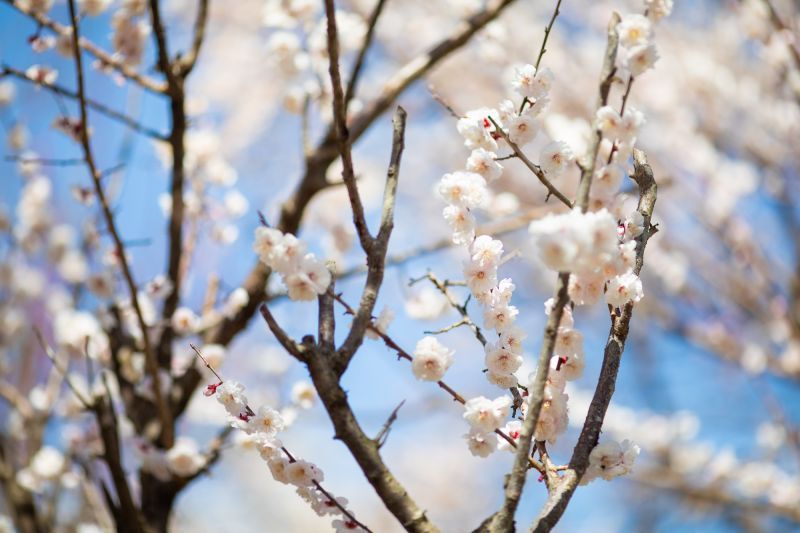
Ume trees start blooming in late February, reaching their peak in March, though it may be late this year due to weather conditions. The “Ume Festival,” usually held from early to late March, is a joyous occasion to view plum blossoms in their prime, while enjoying local goods and events. (The 2022 festival is canceled due to the pandemic.)
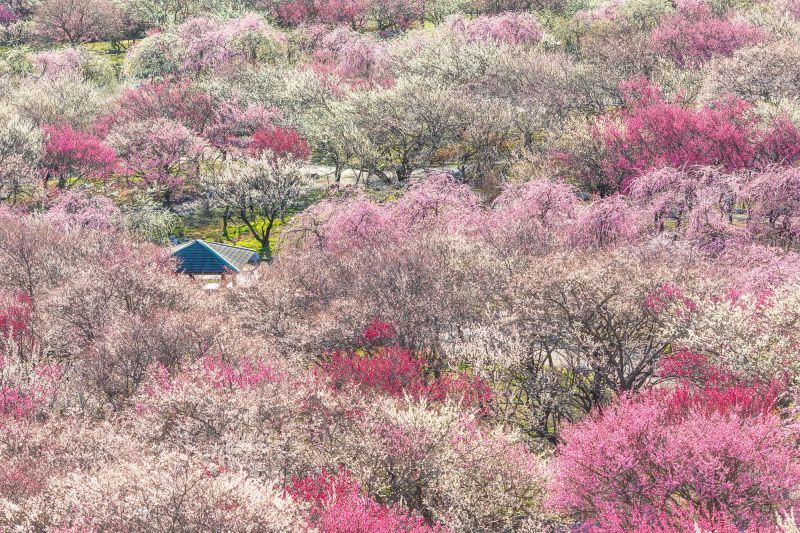
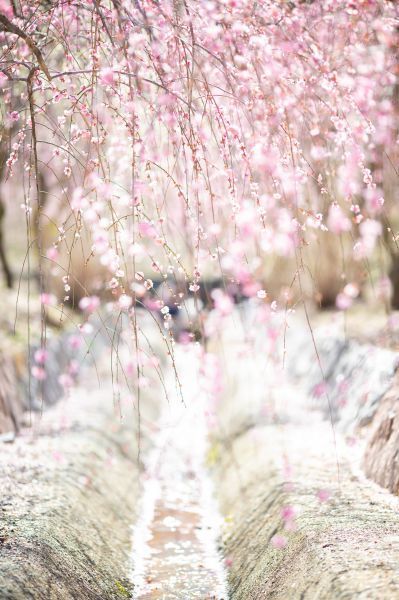

One of the park’s prized features is its observation deck, the perfect place to snap a selfie. Viewed from above, the ume blossoms blanket the land below like a patchwork quilt. Morning is the best time to visit, when the crowds are relatively small. Descending from the observatory, the pleasures of a stroll under the branches of plum trees await, and the many varieties of ume produce a chorus of floral colors and shapes. Take a close look and find your favorite. The park’s beauty is not limited to springtime, however, garnering attention as a place to “see, eat, and play,” where we can slow down and feel the healing power of all four seasons.
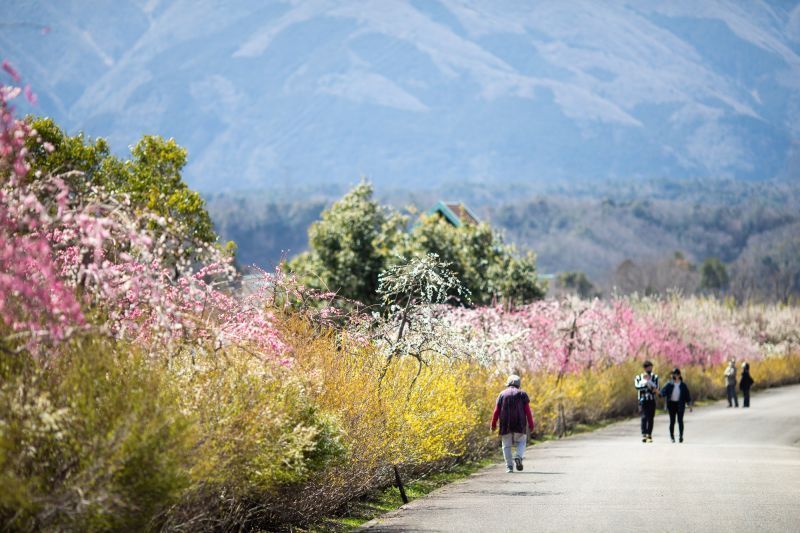
The park was created through the dedication and hard work of local senior citizens. The aging society of Inabe City faced the two challenges of finding ways for the elderly to live meaningful lives and promoting the city’s main industry, agriculture. The project to transform this formerly dilapidated farmland into an agricultural park was a chance to tackle both issues at once.
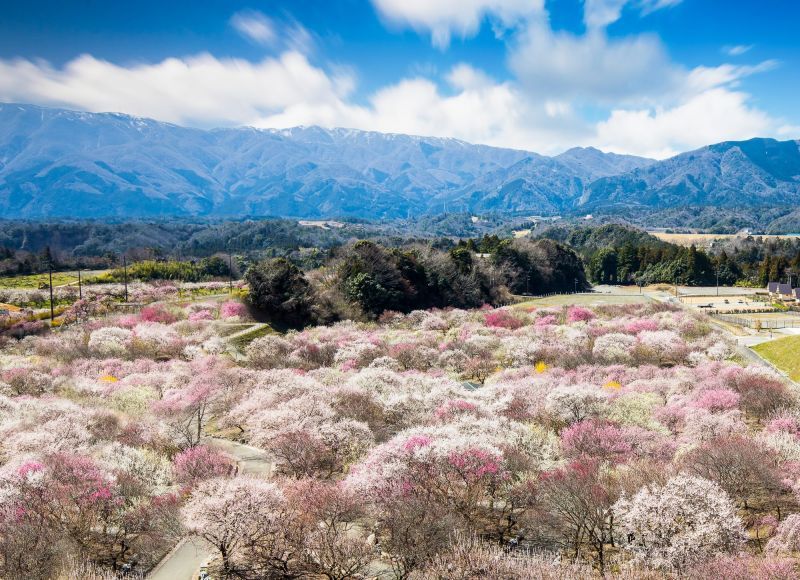
Site development started around 1999. At that time, when the city called for workers to join the project only five people stepped forward. This small team started cutting the grass, moving the soil and stones, performing a range of maintenance work, and planting the ume trees. Those first participants remember the time fondly, recalling how fun it was to work together in such a tightknit group. Earning their colleagues’ trust and watching the small plum trees grow was a source of pride and joy.
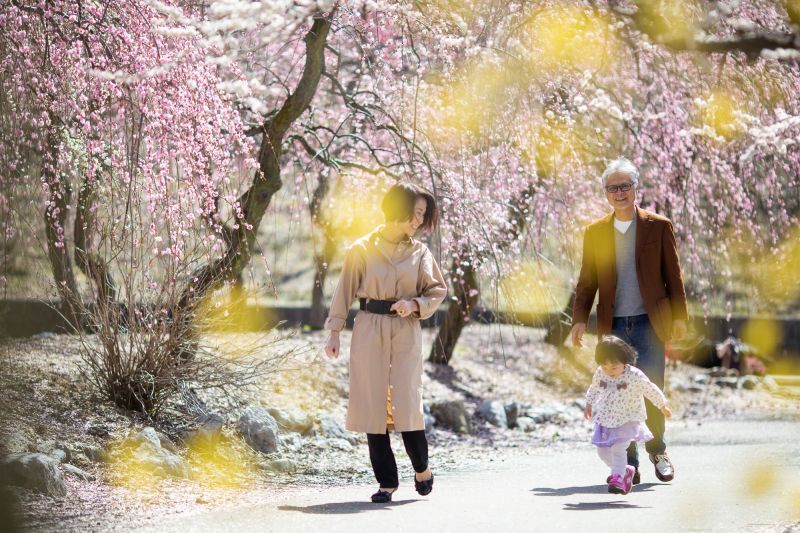
The park is now a popular attraction not only for local Mie residents, but also for travelers nationwide. In addition to being a place where elderly people can find invigorating work, the park also has a restaurant serving local vegetables and supports the promotion of local agriculture through the harvesting and processing of ume fruit into jam and other goods. With an eye on sustainability, the operations are run with eco-friendly fertilizers and recycled fuels such as biodiesel.
In these ways, the park offers much more than just a pretty picture. Tended by the team of elderly gardeners and managed in ecologically friendly ways, the ume blossoms are a living testament to the strength of community and the rejuvenating possibilities that come from a love of the land.